While the world will be focusing on the upcoming Asean and Asia-Pacific Economic Cooperation summits, US President Donald Trump’s multi-day trip to Japan next week and his meeting with the country’s new PM Sanae Takaichi are also expected to hold significance for the Pacific region.
Earlier this week, Japan welcomed its first female prime minister, who styles herself as a new Margaret Thatcher (the UK’s first female prime minister). She is being seen as a kindred spirit to Trump with her anti-immigration and conservative nationalist views.
Before coming to power, Trump had already feted Takaichi, calling her “a highly respected person of great wisdom and strength”, and her election “tremendous news for the incredible people of Japan”. In response to this, the Japanese premier said that she is “truly hoping to work together with President Trump to make our alliance even stronger and more prosperous, and to advance a free and open Indo-Pacific”.
However, due to Trump’s uncertain dynamics with world leaders, it is unclear whether Takaichi can form a strong, sustained political bond with the mercurial Trump, especially given her fragile domestic position; the ruling Liberal Democratic Party lacks a legislative majority. It is also important to recall Trump’s first term in office, when he initially called then UK prime minister Theresa May “my Maggie” before falling out with her over a range of issues, including her preferred Brexit deal.
The areas where they can forge close ties
Keeping personality aside, Trump’s trip to Japan showcases the growing structural factors reinforcing Tokyo’s growing geopolitical and geo-economic importance. It is pertient to note Japan is a key member of the G7 nations and Quadrilateral Security Dialogue (Quad), a strategic partnership between the US, Australia, India and Tokyo.
Trump’s visit will consolidate Tokyo’s longstanding US alliance. Meanwhile, Takaichi is expected to signal to Trump her potential acceleration of Japan’s defence build-up beyond the 2 per cent of gross domestic product target set for 2027.
Impact Shorts
More ShortsDuring his first Asian trip in this second term, Trump will also be meeting Emperor Naruhito, which is not seen as a fluke. During the Biden administration, the first major overseas visit of then US Secretary of State Antony Blinken and Defence Secretary Lloyd Austin was also to Japan. Trump’s trip also comes with a business agenda of stronger collaboration between the first and third largest economies in the world.
During his trip, Trump is expected to press the new Japanese premier on her predecessor’s pledges of $550 billion in US investments under the recent tariff deal. These pledges would reportedly include more Japanese purchases of US liquefied natural gas, Ford F-150 pickup trucks and US soybeans. In exchange, the agreement would set Japanese tariffs on goods sold to the US to 15 per cent, lower than the 25 per cent Trump had threatened.
The difference in vision of the regional order
Beyond the bilateral deal, Takaichi will likely ask Trump about his wider plans for a regional economic and political framework. The discussion follows the US’s withdrawal from the Comprehensive and Progressive Agreement for Trans-Pacific Partnership (CPTPP) during Trump’s first presidency. The bloc used to comprise the US, Japan, Australia and Brunei.
It will also come at a time when China has applied to join CPTPP, indicating an alternative vision for regional order via the Regional Comprehensive Economic Partnership (RCEP), a massive trade bloc that includes China and most US allies in the region, but not the US.
Apart from this, Beijing has also been championing a Free Trade Area of the Asia-Pacific (FTAAP) project. Experts believe that this marks the centrality of geo-economic and geopolitical issues in the Trump-Takaichi discussions.
Her maiden speech as Japanese PM reflected that Takaichi favours boosting defence spending and revising Japan’s pacifist post-war Constitution. Just like former Japanese PM Shinzo Abe, she is expected to convince Trump that Japan’s security needs a strong US commitment as the “cornerstone of peace” in Asia.
According to The Business Times, Takaichi will also have her eyes on the fragile nuclear state in North Korea. During Trump’s first time in the office, Japan expressed concern that Trump might seek a deal with Kim Jong Un to give up missiles capable of reaching the US, while ignoring the short and medium-range missiles that threaten Japan. However, the issue became less apparent after Trump’s dialogue with North Korea stalled.
Still, China will remain a crucial factor in Japan-US ties. Both Trump and Takaichi are expected to reiterate their opposition to unilateral attempts to change Asia’s status quo by force. However, Trump has been notorious for taking a milder tone towards Beijing.


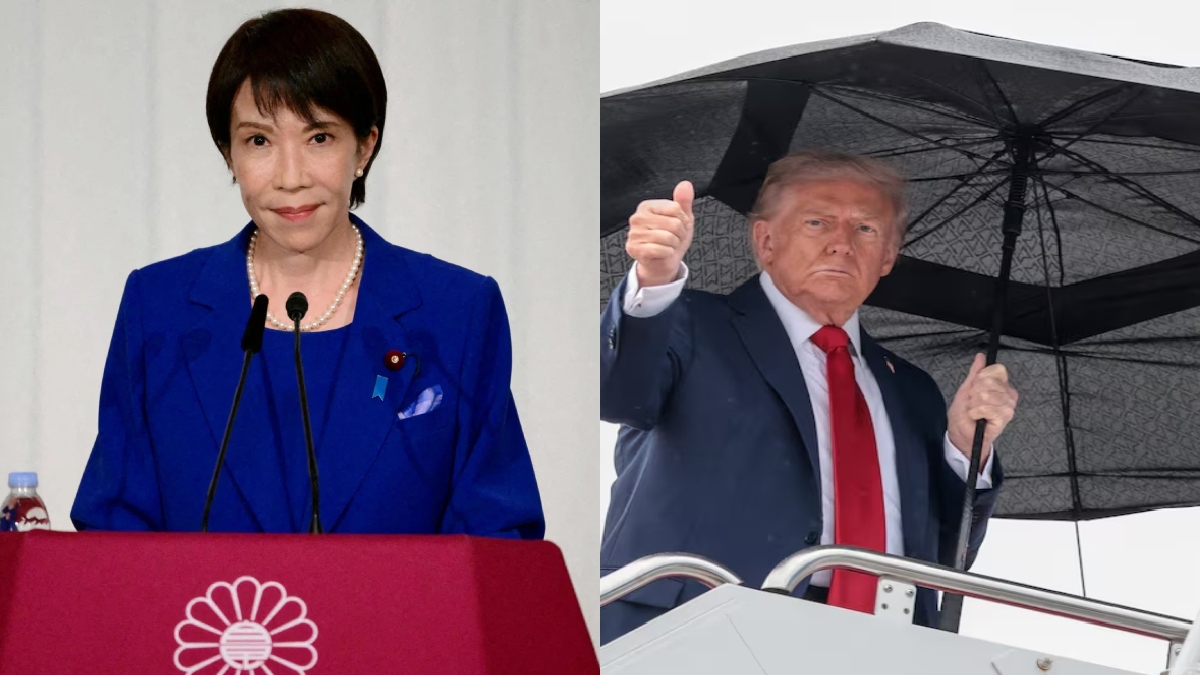)
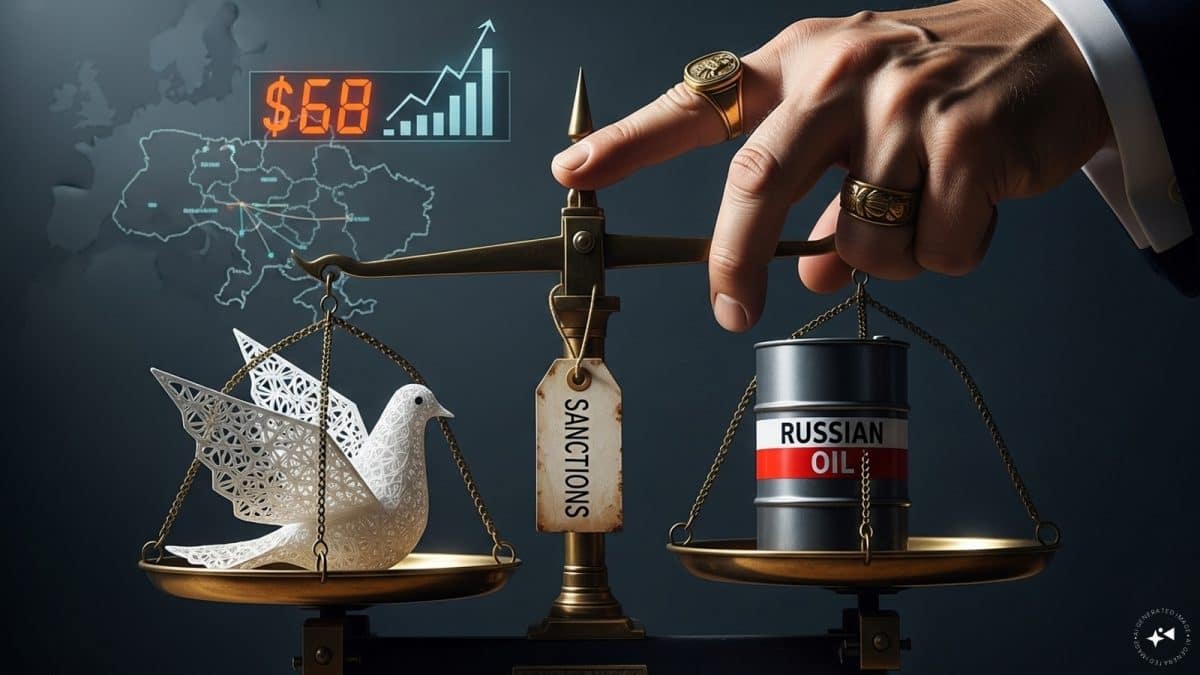
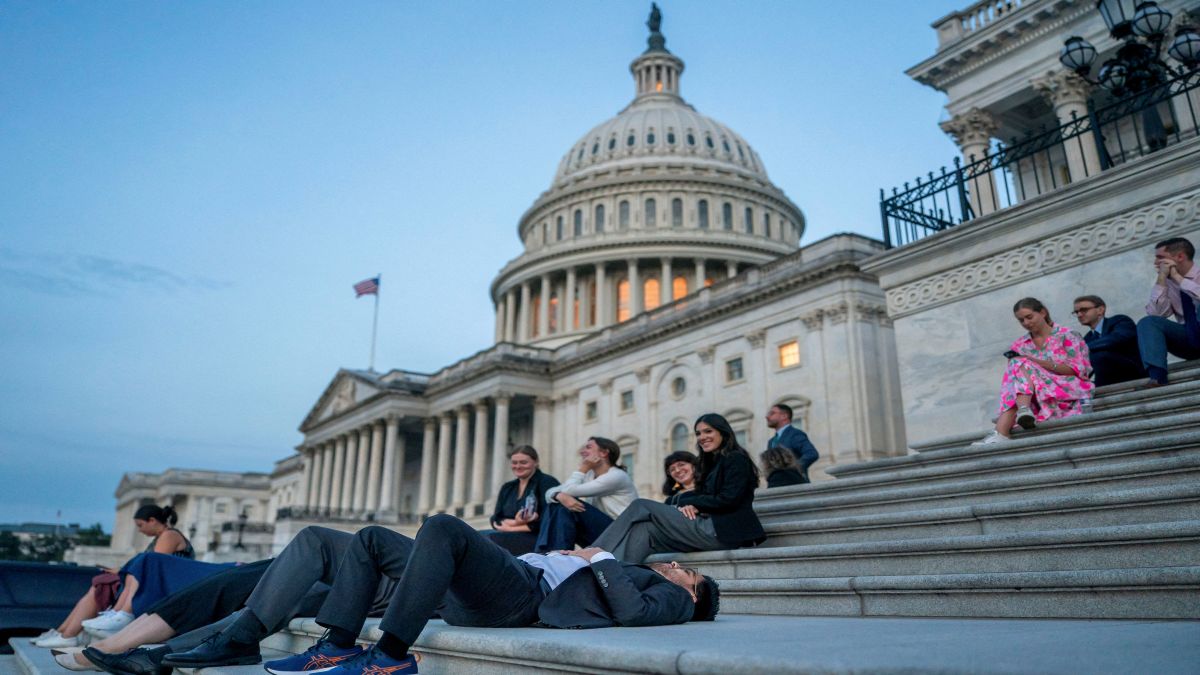)
)
)
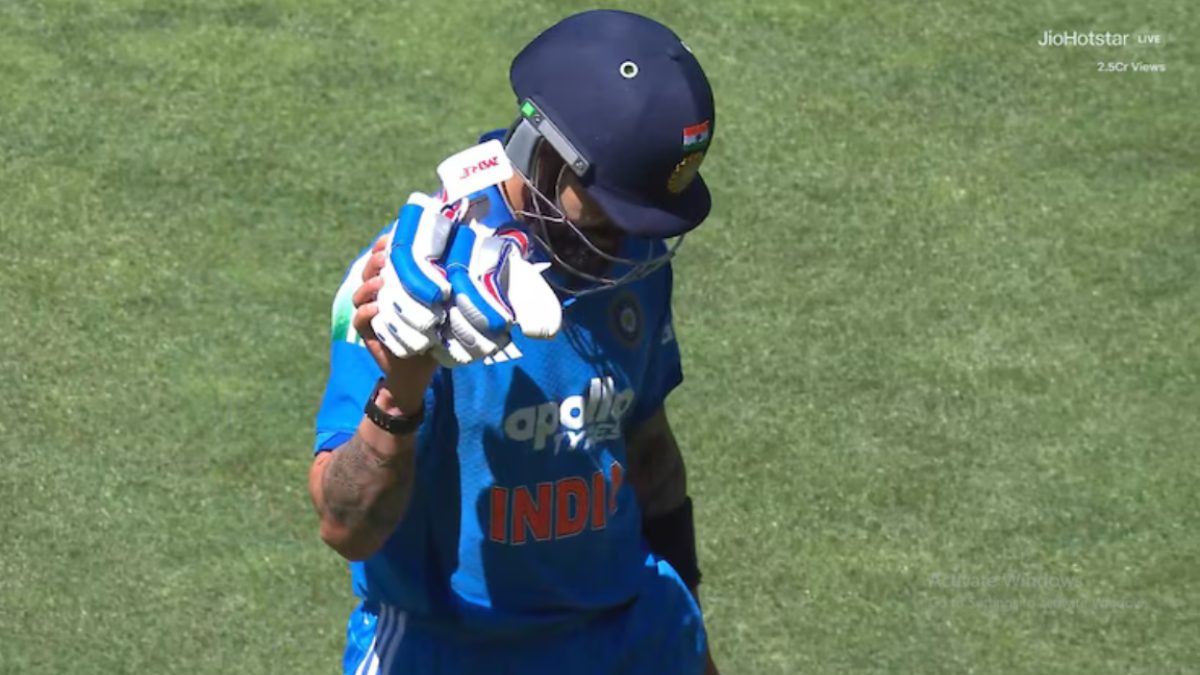)
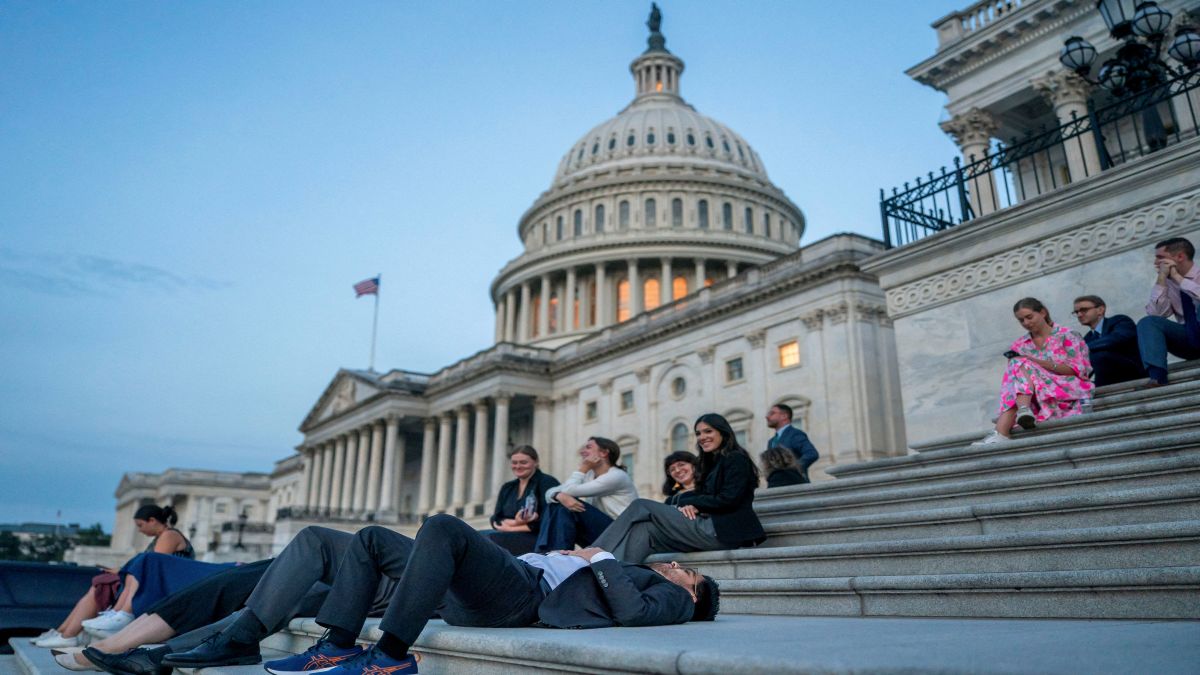)
)
)
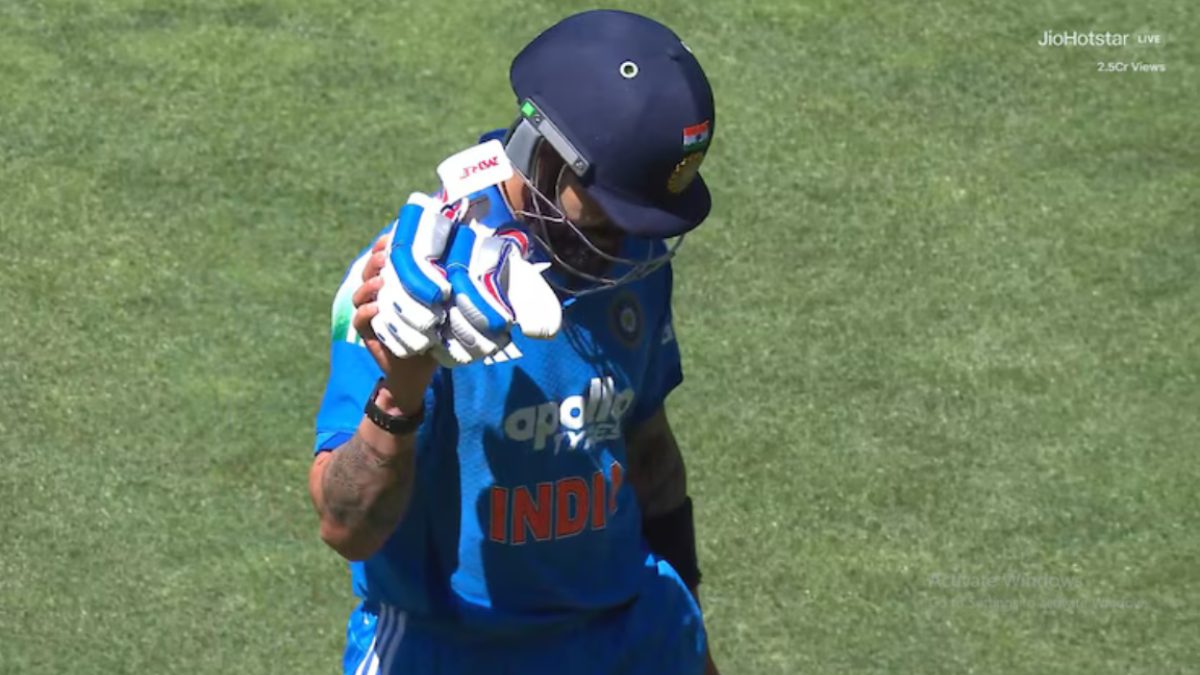)



